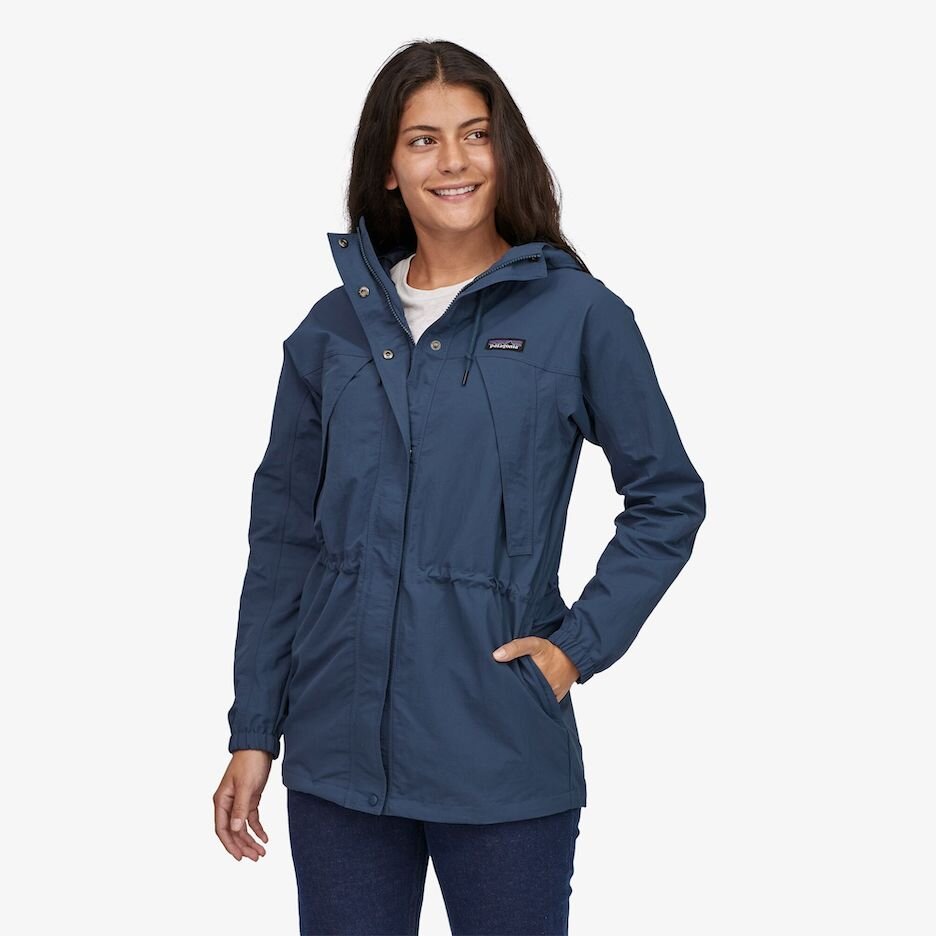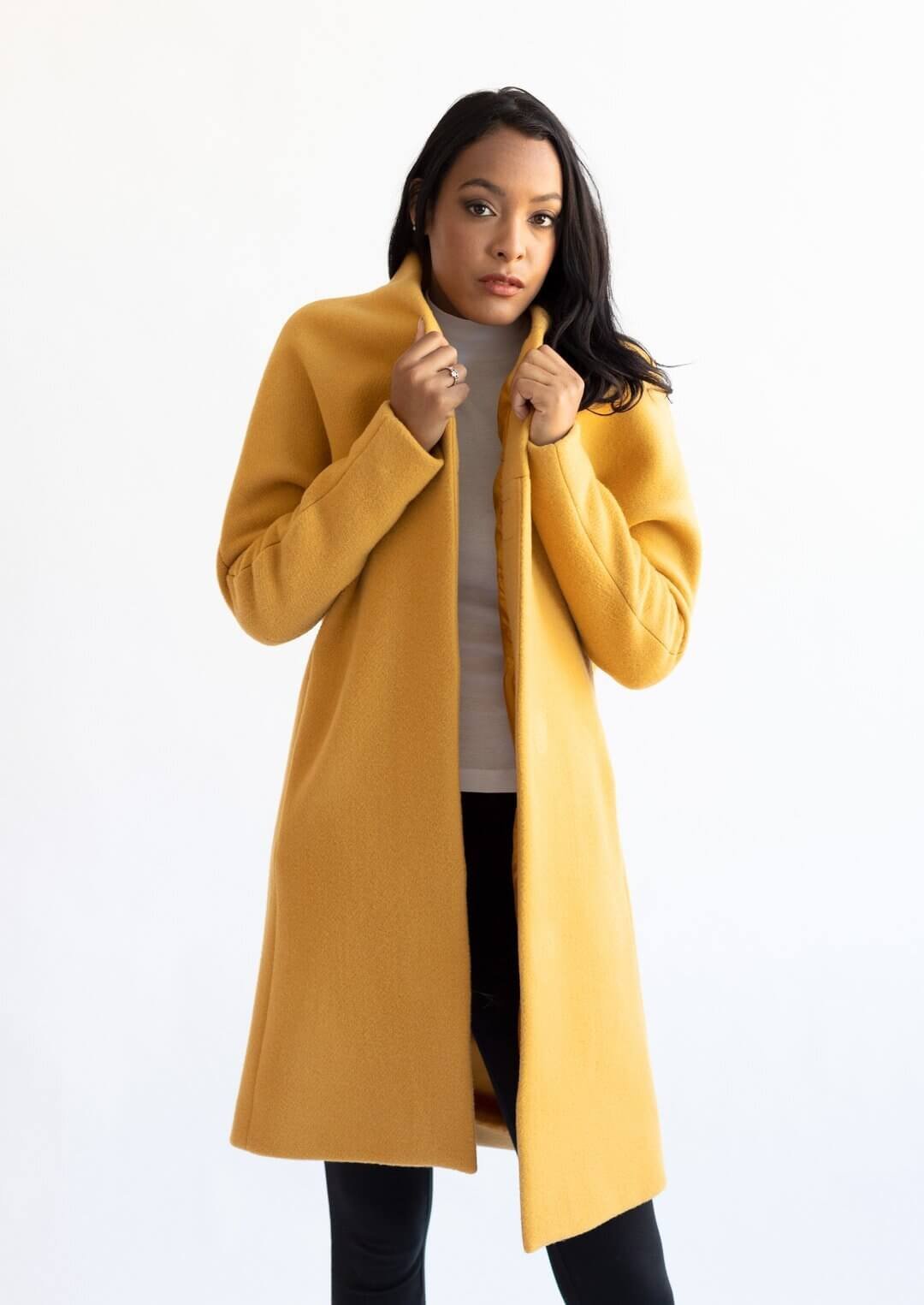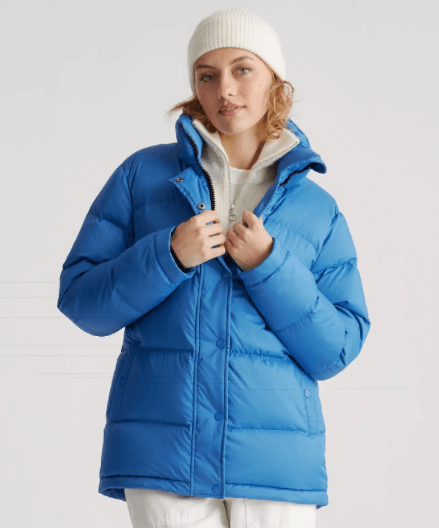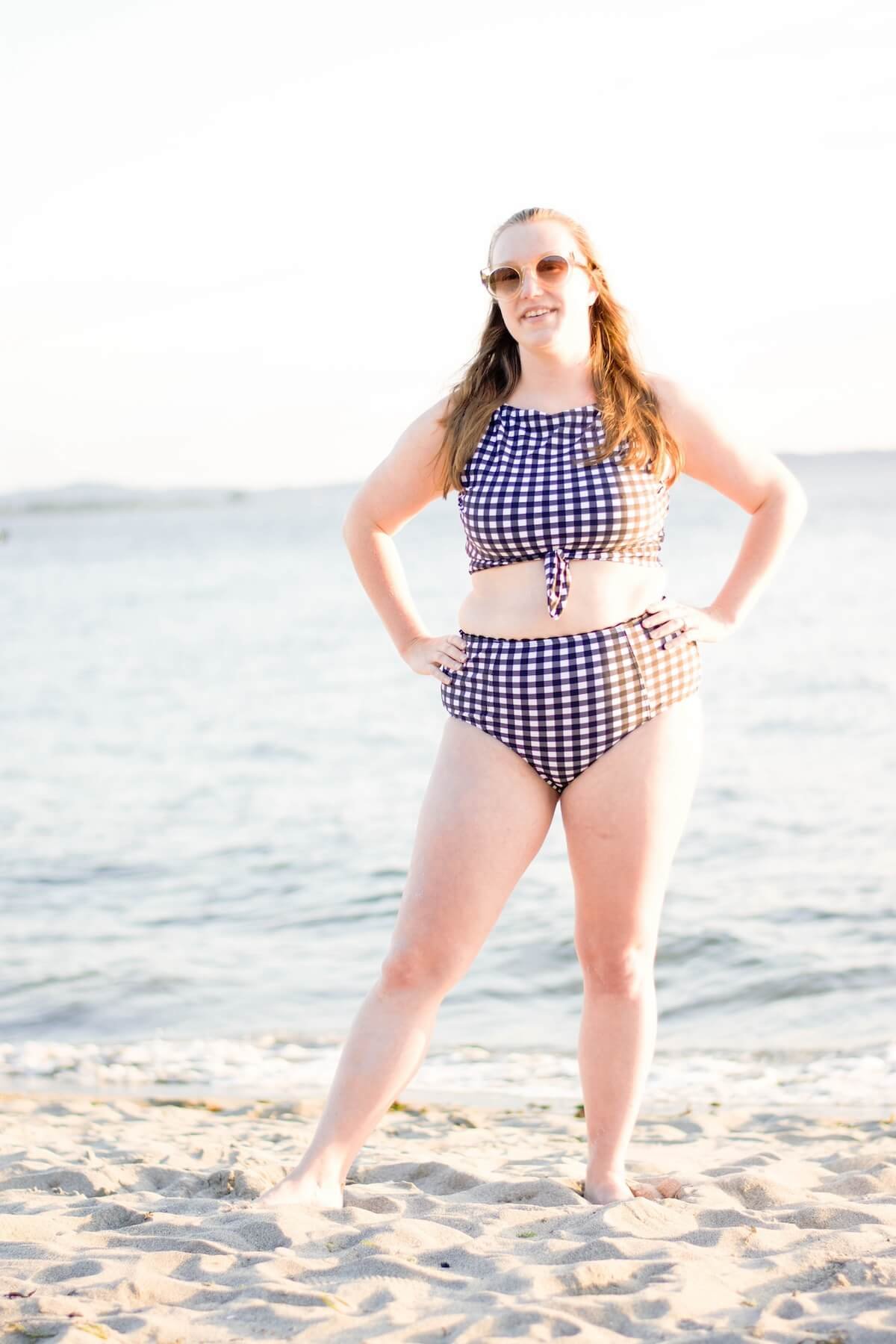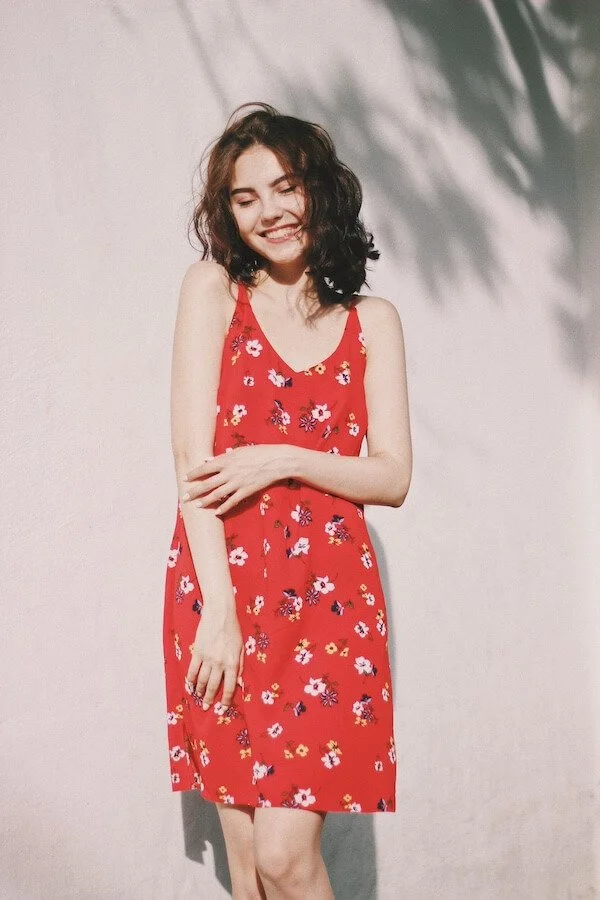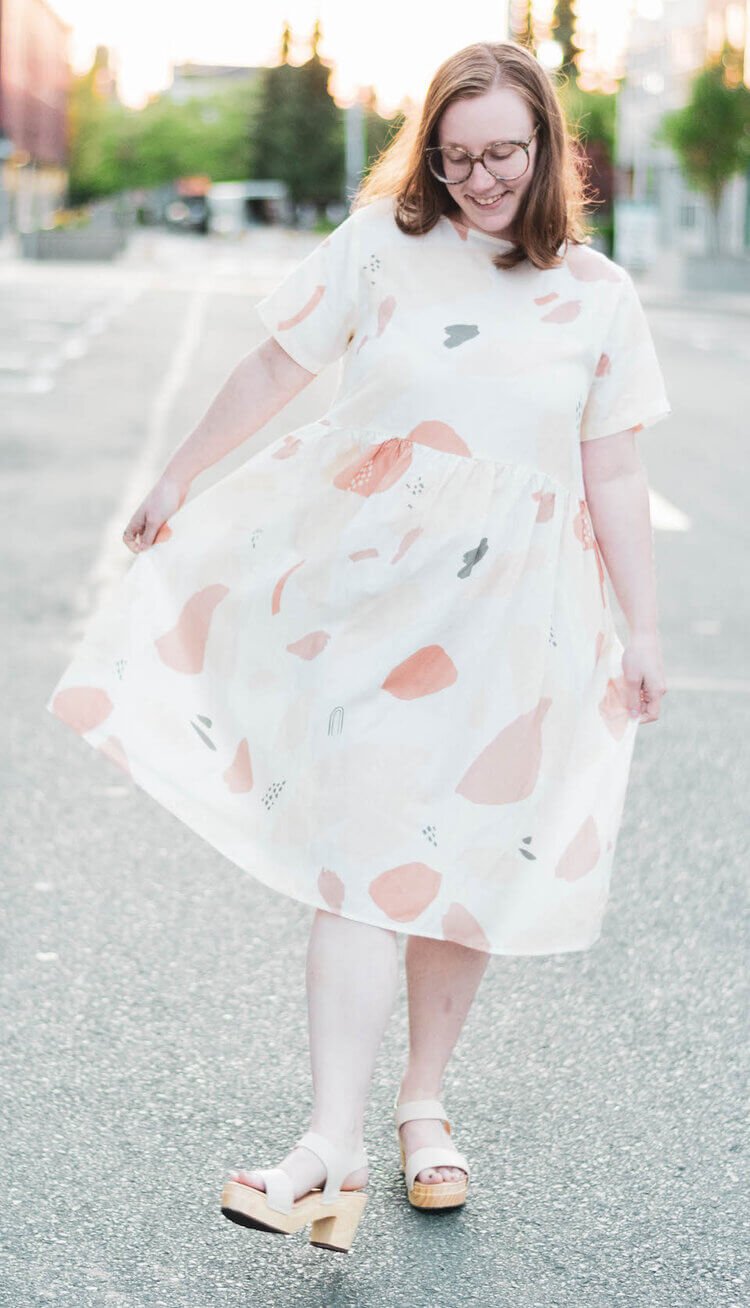7 Sustainable Winter Coat Brands for Cozy Fall & Winter Style
Coats and jackets are a signature staple of every closet whether it’s a raincoat, puffer jacket, of everyday casual denim jacket, this outwear piece is essential for keeping warm.
This guide explores what materials to look for when shopping for a sustainable winter coat and a few ethical coat brands to get you started.
This post does contain some affiliate links which means The Honest Consumer will receive a commission if you decide to purchase, however, at no additional cost to you!
7 Sustainable Coat Brands to Shop
If you’re looking for an eco-friendly coat consider these brands. These brands focus on having a socially responsible supply chain and eco-conscious materials. Read on to learn what to look for in a sustainable winter coat.
Patagonia’s Durable Outdoor Coats
Patagonia has been on the outdoor apparel scene for a long time and is constantly furthering their sustainability goals.
In the decades since their inception, they’ve replaced virgin materials with recycled content and conventional cotton with organic. Patagonia is always looking for cleaner ways to produce their clothing, including reducing chemical harm throughout their supply chain.
They’ve switched to using 6-carbon-long DWR and offer PFC-free items like their Radalie and Dual Aspect jackets. Patagonia carries coats, jackets, and parkas for men, women, and children ranging from $100-$400.
Patagonia is also actively seeking more non-PFC DWR finishes that won’t renege on the quality, toughness, and durability of their apparel.
They also have a second-hand platform where you can buy or trade in Patagonia items, and you can even head to a Patagonia store for repairs, send in items, or they’ll show you how to DIY it.
The Checkroom’s American Made Wool Coats for Women
The Checkroom’s statement coats do just that: make a statement. Emphasizing timeless style and quality craftsmanship, owner and designer Liz Williams focuses on natural, sustainable fibers, only blending with nylon to improve durability and water-repellence. I’ve been wearing my wool coat for about three years now!
It’s held up beautifully over time and I’m obsessed with the flattering design.
As of Fall 2021, The Checkroom has partnered with American Woolen, one of the few remaining wool mills in the United States to bring you a few new pieces in a lovely, USA-Made, wool/ cashmere blend.
Liz decided to work with an American mill in order to provide better transparency in her own supply chain, reduce greenhouse gases, and engage with USA manufacturing efforts.
As of Fall 2023 Liz’s new wool coats are made with 100% RWS + NATIVA™ Regen certified wool woven at American Woolen using Shaniko Wool. This third party certification recognizes holistic farming practices that promote healthy ecosystems and preserve biodiversity.
The Checkroom features size inclusive options for petite and plus size women. These beautiful coats are also tried and tested in a city famous for its bad weather. The Checkroom coats range from $495-$1000.
Quince’s responsible down puffer jackets
Quince’s line of responsible down puffer coat’s provides consumers with affordable luxury by cutting out the middle man and doing small production runs.
The Responsible Down Puffers offer different length and weight options with styles for men and women. The shell and lining of the Responsible Down jackets feature 100% recycled polyester and 90% goose down with 10% goose feathers.
Quince reports that their Down Products are responsibly sourced to ensure best practices in animal welfare. Their material is also certified by Standard 100 OEKO-TEX® which ensures that no hazardous substances are present.
The Responsible Down Puffers are water repellent with a PFC-Free DWR. The puffer jackets are crafted with care and manufactured in a factory with solar and wastewater treatment systems to reduce impact on the environment.
Quince’s eco-friendly puffer vests and jackets range from $99-$180. Their jackets come in a range of fun colors too! I’ve purchased a variety of clothing items from Quince and have always been impressed with the quality of their products.
tentree’s Jackets Made with Recycled & Compostable Materials
Ranging from the practical to the stylish, tentree has a great collection of outerwear for men and women. What’s more, their parkas, puffers, and jackets are made from recycled or compostable materials and coated with non-toxic DWR.
As their clothes (and name) suggest, they’re all about the environment, planting ten trees for every purchase made. Tentree’s coats range from $118-$300. They offer eco-conscious winter coats for men and women.
They also run a trade-in program, giving you store credit when you trade in lightly-used equipment and gear, thus reducing material waste and pressure on virgin resources. Cotopaxi’s jackets range from $80-$150 in price.
Ministry of Supply’s Climate Neutral Coats
Based out of Boston and born in the labs of MIT, Ministry of Supply creates clothes for motion, comfort, easy care, and the planet. Their clothes are made with recycled and bio-based fabrics through 3D Print-Knit production, an on-demand, zero waste production technique.
This clothing brand is also Climate Neutral Certified and gives back. With its removable hood and waterproof, breathable stretch shell, Ministry of Supply’s Doppler Mac Raincoat is perfect for poor weather and available for men and women.
For a lighter, more stylish coat, there’s also the men’s Fusion Chore Coat that is both moisture-wicking and breathable.
Ministry of Supply’s fabrics are Oeko-Tex 100 certified and they’ve switched from using 8-carbon-long DWRs to using 6-carbon-long DWRs, as well as using PFC-free DWRs.
Ministry of Supply also has a Heated Jacket featuring a puffer style made with recycled polyester and an everyday Fusion Chore Coat that features viscose. Ministry of Supply features coats for men and women ranging from $228-$500.
The Environmental and Human Impacts of Water Repellents
Durable water repellents (known as DWRs) are used to waterproof apparel. DWRs have been used for decades to help bead moisture, allowing it to roll off a fabric. Sounds great, right?
It’s certainly effective, and if you’re in the kinds of conditions where keeping warm and dry is of the utmost importance, it can make a huge difference.
Unfortunately, DWRs traditionally contain water-repelling perfluorinated chemicals like poly- and perfluoroalkyl substances (PFASs) and perfluorocarbons (PFCs).
These chemicals take a long time to break down so they persist in the environment where they have detrimental effects, not only during apparel production but also while wearing and washing when microfibers are shed.
Through these processes toxic chemicals enter soil, air, and waterways, polluting them and thus impacting animals and ecosystems. This problem continues even when these textiles are disposed of.
PFASs can also build up in human bodies, potentially impacting the health of factory workers and consumers.
Eco-friendly alternatives have been found by coating apparel with PFC-free alternatives like waxes and silicones.
However, these are usually not as effective and can reduce a garment’s lifetime, creating a catch-22: either create a product with toxic chemicals or one that doesn’t last and needs to be disposed of and replaced.
But further solutions are being sought: like switching to a shorter-chain PFC treatment for DWRs. Conventional DWRs contain 8-carbon-long PFC treatments.
The shorter-chain, 6-carbon-long treatment is less toxic and breaks down quicker, thus not persisting as long in the environment.
Practical alternatives in the form of design are also being sought by developing hydrophobic fabrics that won’t absorb water because it’s woven in a way designed to bead water.
However, the downside is that it has no stretch, so it’s not great for activities requiring more movement and agility. It’s a slope far more slippery than any skier will find.
So what can you do as a consumer? As with any sustainable closet, think twice about what you purchase.
Materials To Look For and Avoid in Winter Coats
The materials you choose are going to depend on what kind of coat you need.
A coat for the office, formal occasions, or even a casual everyday coat is going to be different to the coat you’ll need for hiking, skiing, camping, or mountain climbing (let’s call them adventure coats).
For everyday jackets, try sticking to natural fibers. They do a great job regulating temperature, are kind to your skin, and tend to be eco-friendlier.
Natural materials such as cotton and wool are also biodegradable at the end of their lifecycle which is a sustainable plus. If you’re looking for a waterproof coat that’s just to protect you from something like running to your car in the rain, avoid DWR coatings or look for PFC-free options.
When it comes to adventure and the great outdoors, you’ll find more synthetics creeping into your coats. Try to find brands using recycled content.
For extreme and regular outdoor activity, you’ll likely have to opt for performance and durability in your apparel, including efficient water repellence. To keep it more eco-friendly, look for brands that have switched to shorter-chain PFC or PFC-free treatments.
For more tips & tricks on sustainable living be sure to follow The Honest Consumer on social media, subscribe to our newsletter, & check out the Ethical & Sustainable Brand Directory.


